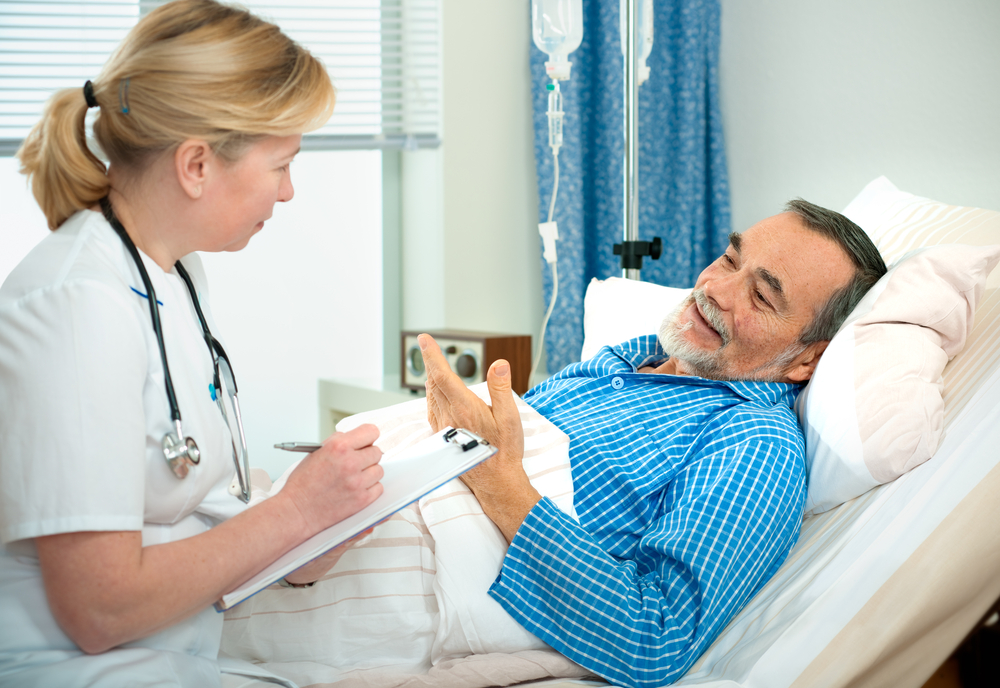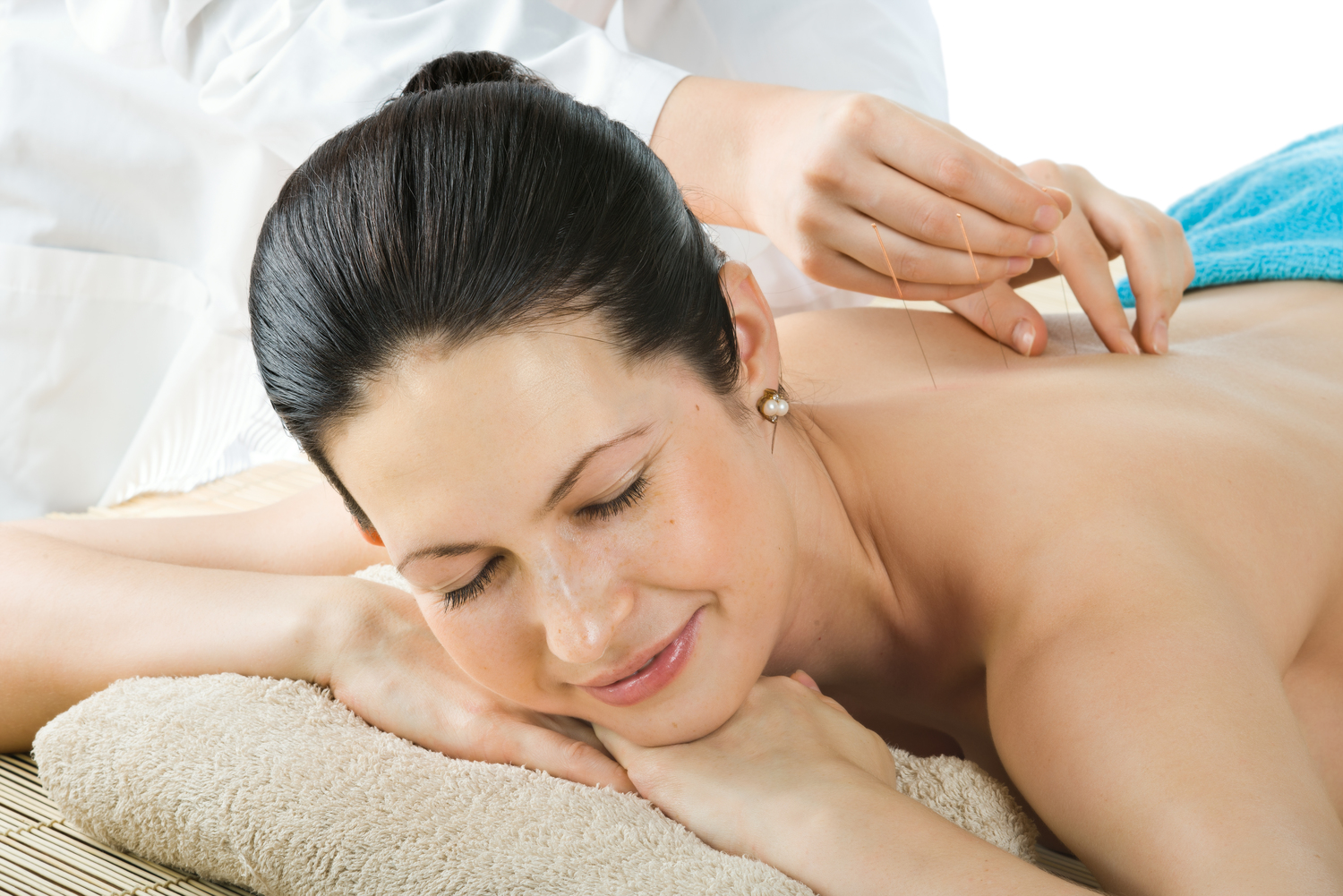Overactive Bladder Treatment
Overactive bladder (OAB) is a condition that is characterized by sudden, involuntary contraction of the muscle in the wall of the urinary bladder. This results in a sudden and unstoppable need to urinate (urinary urgency), even though the bladder may only contain a small amount of urine. Key features are the sudden urge to void along with urinary frequency (voiding < 2 hour intervals). Irritating fluids, such as caffeinated beverages (coffee, tea), spicy foods, and alcohol can worsen the symptoms.

Behavioral interventions are the first choice in helping manage an overactive bladder. They’re often effective, and they carry no side effects. Fortunately, there are ways to combat the problem. Overactive bladder treatment has many approaches, from medication, to behavioral changes, to a combination of both. Visiting your doctor for a thorough evaluation and following his or her instructions carefully can help you get the OAB treatment you need to get back into your old routine.
Research suggests that these non-drug remedies can be very effective for many women, and they have almost no side effects. Before starting any OAB treatment, however, it’s important to understand bladder function and what factors may cause overactive bladder.
Bladder training : This is the most common OAB treatment that doesn’t involve medication. Bladder training helps change the way you use the bathroom. Instead of going whenever you feel the urge, you urinate at set times of the day, called scheduled voiding. You learn to control the urge to go by waiting for a few minutes at first, then gradually increasing to an hour or more between bathroom visits.
1. Healthy weight : If you’re overweight, losing weight may ease your symptoms. Weight loss may help if you also have stress urinary incontinence.
2. Pelvic floor exercises : Just as you exercise to strengthen your arms, abs, and other parts of your body, you can exercise to strengthen the muscles that control urination. During these pelvic floor exercises, called Kegels, you tighten, hold, and then relax the muscles that you use to start and stop the flow of urination. Using a special form of training called biofeedback can help you locate the right muscles to squeeze. Start with just a few Kegel exercises at a time, and gradually work your way up to three sets of 10. Until you get your overactive bladder under control, wearing absorbent pads can help hide any leakage that occurs.
3. Double voiding : To help empty your bladder more completely, you wait a few minutes after urinating and then try again to empty your bladder again.




